Đừng bỏ lỡ những tính năng hấp dẫn của Baitap365.com
Unit 2: Healthy Living
1. Work in pairs. Discuss and write each word or phrase under the correct picture. Which skin condition is the most common among teenagers? 2. Read the passage and match the beginnings in A with the endings in B. 3. Read the passage again and choose the correct answer A,B, or C. 4. Work in pairs. Read the passage again. Pick the tips which you can easily follow. Share your ideas with your partner. 5. Work in groups. Read about the health problems below. Discuss and make notes of some tips you ca
Bài 1
Reading
1. Work in pairs. Discuss and write each word or phrase under the correct picture. Which skin condition is the most common among teenagers?
(Làm việc theo cặp. Thảo luận và viết từng từ hoặc cụm từ dưới bức tranh đúng. Tình trạng da nào phổ biến nhất ở thanh thiếu niên?)
|
sunburn chapped skin acne |

Bài 2
2. Read the passage and match the beginnings in A with the endings in B.
(Đọc đoạn văn và nối phần đầu ở cột A với phần cuối ở cột B.)

 Acne is a skin condition, it causes small, red spots on the face and the back. It affects 70-80% of young people between 12 and 30. More girls have acne than boys. It’s not a serious disease but young people want to avoid it.
Acne is a skin condition, it causes small, red spots on the face and the back. It affects 70-80% of young people between 12 and 30. More girls have acne than boys. It’s not a serious disease but young people want to avoid it.

 Here are some tips for taking care of skin with acne.
Here are some tips for taking care of skin with acne.
- 
 Go to bed early and get enough sleep.
Go to bed early and get enough sleep.
- 
 Eat more fruit and vegetables, and less fast food.
Eat more fruit and vegetables, and less fast food.
- 
 Wash your face with special soap for acne, but no more than twice a day.
Wash your face with special soap for acne, but no more than twice a day.
- 
 Don’t touch or pop spots, especially when your hands are dirty.
Don’t touch or pop spots, especially when your hands are dirty.
- 
 If it gets serious, see a doctor.
If it gets serious, see a doctor.
|
A |
B |
|
1. Acne is |
a. young people the most |
|
2. Acne causes |
b. a skin condition |
|
3. Acne affects |
c. a serious disease |
|
4. Acne is not |
d. small, red spots |
Bài 3
3. Read the passage again and choose the correct answer A, B, or C.
(Đọc lại bài và chọn câu trả lời đúng A, B, hay C.)
1. The first paragraph is mainly about _____________.
(Đoạn đầu tiên chủ yếu là về _____________.)
A. what acne is (mụn trứng cá là gì)
B. how to avoid acne (làm thế nào để tránh mụn trứng cá)
C. why people have acne (tại sao mọi người bị mụn trứng cá)
2. Which statement is NOT correct about acne?
(Câu nào KHÔNG đúng về mụn trứng cá?)
A. Acne is a skin condition. (Mụn trứng cá là một tình trạng da.)
B. Acne may get serious. (Mụn có thể trở nên nghiêm trọng.)
C. Acne affects more boys than girls.
(Mụn trứng cá ảnh hưởng đến bạn nam nhiều hơn bạn nữ.)
3. Most age group does acne affect the most?
(Ở lứa tuổi nào thì mụn ảnh hưởng nhiều nhất?)
A. 12 – 20
B. 12 – 30
C. 70 – 80
4. How should you wash your face?
(Bạn nên rửa mặt như thế nào?)
A. 3 – 4 times a day. (3 - 4 lần một ngày.)
B. With soap for acne. (Với xà phòng trị mụn.)
C. With cold water. (Bằng nước lạnh.)
5. What does the word “it” in the last sentence refer to?
(Từ "it" trong câu cuối cùng ám chỉ điều gì?)
A. acne (mụn trứng cá)
B. disease (bệnh)
C. spot (mụn)
Bài 4
Speaking
4. Work in pairs. Read the passage again. Pick the tips which you can easily follow. Share your ideas with your partner.
(Làm việc theo cặp. Đọc lại đoạn văn. Chọn những mẹo bạn có thể dễ dàng làm theo. Chia sẻ ý tưởng với bạn của bạn.)
Bài 5
5. Work in groups. Read about the health problems below. Discuss and make notes of some tips you can give each person. Then share your ideas with the class.
(Làm việc nhóm. Đọc về các vấn đề sức khỏe dưới đây. Thảo luận và ghi chú một số mẹo mà bạn có thể đưa ra cho mỗi người. Sau đó, chia sẻ ý tưởng của bạn với cả lớp.)
1. I have chapped lips.
=> ___________
=> ___________
2. I'm putting on weight.
=> ___________
=> ___________
3. I often feel sleepy during the day.
=> ___________
=> ___________
4. I have the flu.
=> ___________
=> ___________
5. My hair is dry.
=> ___________
=> ___________
Từ vựng
1.
(n.phr): xà phòng đặc biệt
Wash your face with special soap for acne, but no more than twice a day.
(Rửa mặt bằng xà phòng dành riêng cho mụn trứng cá nhưng không quá hai lần một ngày.)
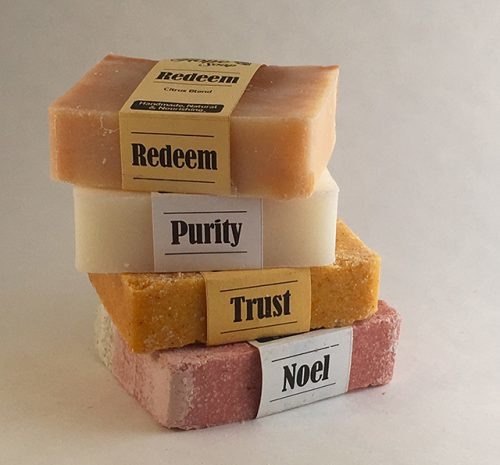
2.
(v): bóp, nặn
Do not touch or pop spots, especially when your hands are dirty.
(Đừng chạm hoặc nặn mụn khi tay dơ.)
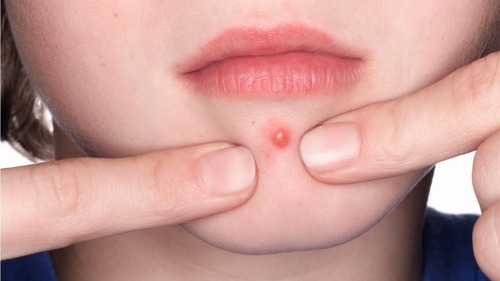
3.
4.
(v.phr): trở nên nghiêm trọng
If it gets serious, see a doctor.
( Nếu nó trở nên nghiêm trọng, hãy đến gặp bác sĩ.)

5.
(n): bệnh
It is not a serious disease but young people want to avoid it.
(Nó không phải là một bệnh đáng ngại những người trẻ muốn tránh khỏi chúng.)
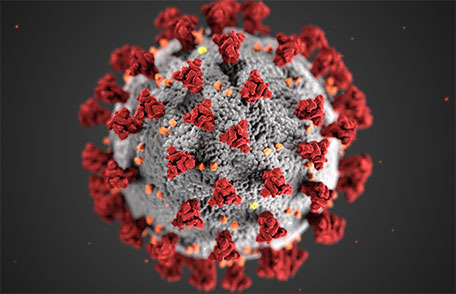
6.
(v.phr): chăm sóc
Here are some tips for taking care of skin with acne.
(Dưới đây là một số mẹo giúp chăm sóc da mụn trứng cá.)
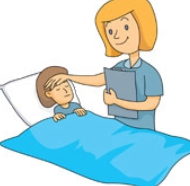
7.
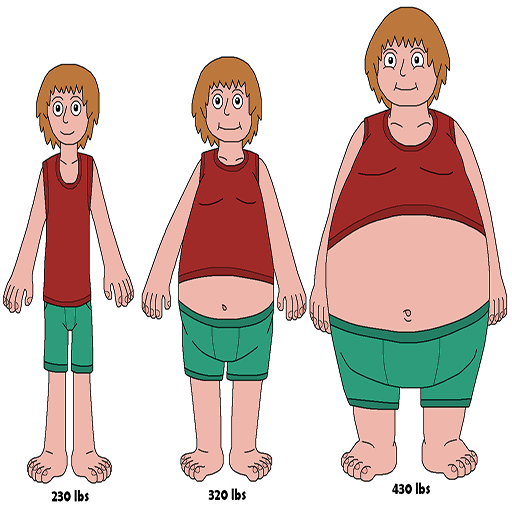
8
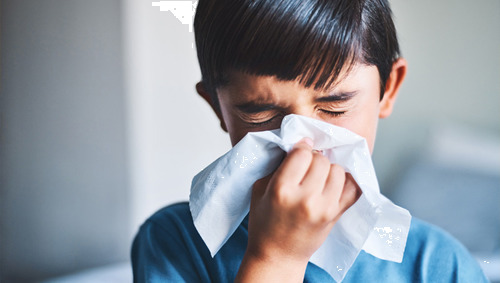
Mẹo tìm đáp án nhanh
Search Google: "từ khóa + baitap365" Ví dụ: "Bài 5 trang 13 SGK Vật lí 12 baitap365